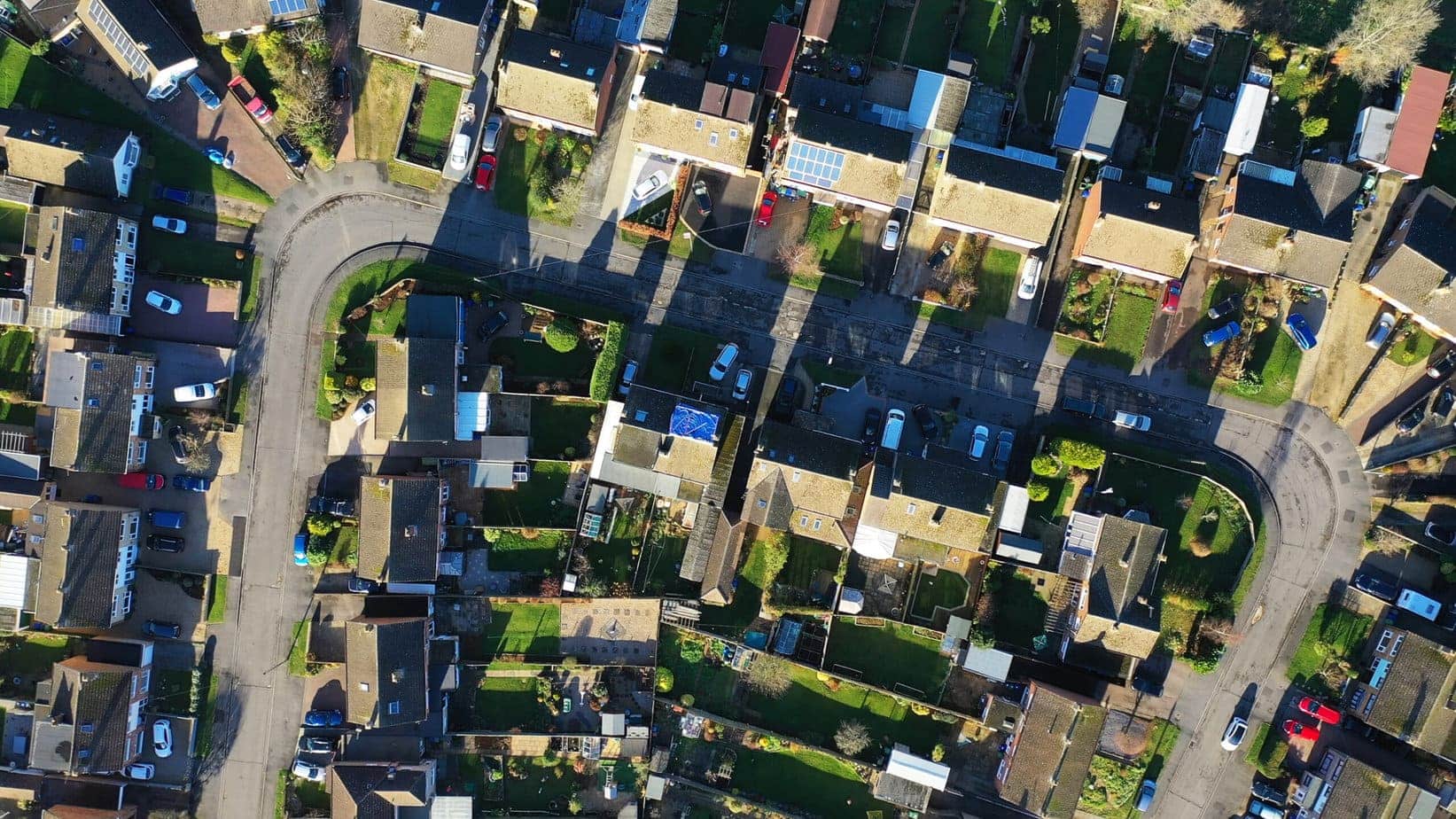How Did WWII Impact Our Housing Landscape Today?
Premier Nationwide Lending
From 1939 to 1945, America had over 16 million brave men and women fight in WWII. In 1944 President Roosevelt realized many of these Americans would be unemployed and without housing. Before WWII in any previous war, there was no assistance afterward.
The struggles post-war for our soldiers were specific to education, housing, and employment. In 1944, the creation of the GI Bill not only provided a path for the education of our veterans but assisted with a path to homeownership.
The home loan provision, which is now referred to as a VA Loan had an incredible impact on our economy and housing landscape. As a result, 4.3 million home loans, worth about $33 Billion, were granted by 1955. Think about that, 1955 AND $33 BILLION, which was 20% of all new homes purchased by a Veteran.
Between education and the housing boom, we owe our Veterans a debt of gratitude for preventing what could have potentially been another Great Depression.
The post-war baby boom and the emergence of new housing developments transformed the landscape, as affordable rural properties became the prevalent choice for buyers.
As families began to grow, they quickly realized they did not want to travel back to the city for daily use items of bread and milk. The creation of strip centers with convenience stores in rural areas was born. Flower Mound was once a rural area and considered quite the travel distance.
President George H.W. Bush, a torpedo bomber pilot in WWII, in a speech in 1990, “The GI Bill changed the lives of millions by replacing old roadblocks with paths of opportunity.”
Our team works for our veterans to secure VA Home Loans. We understand freedom is not free. For more information stacylynn@pnlending.com







